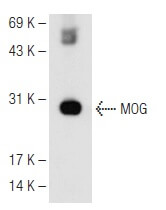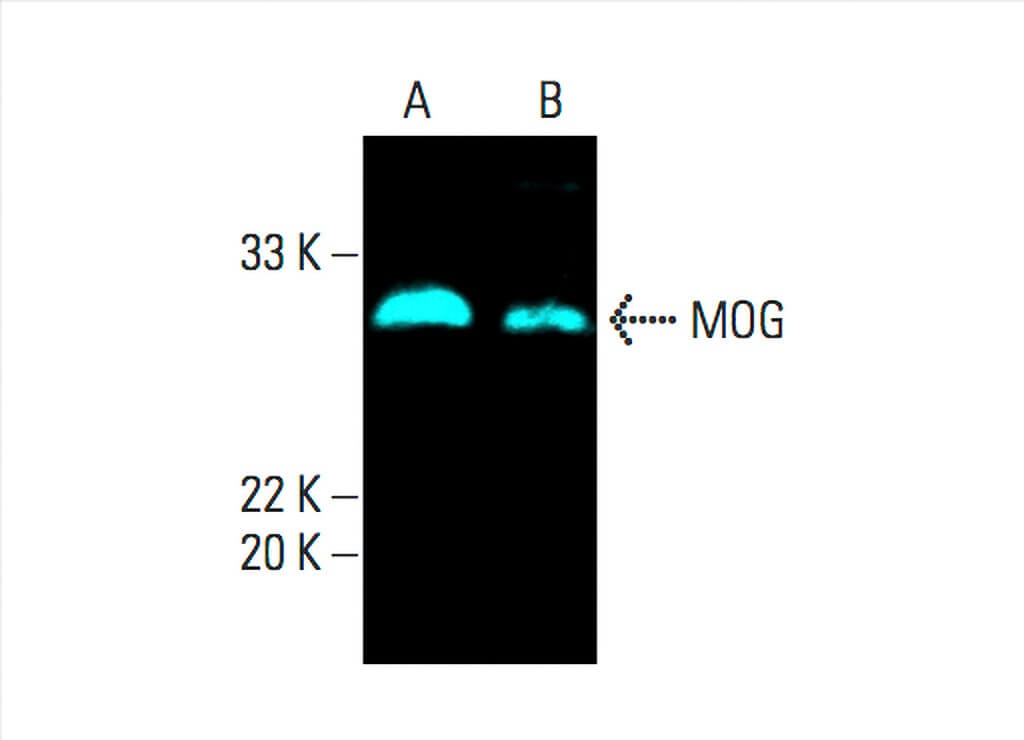

The mean period of observation for the NMO/NMOSD patients was 19 years (3 to 35) for the MOG-positive patients, 11 years (3 to 44) for the AQP4-positive patients, and 9 years (2 to 17) for the seronegative patients. seronegative: 17 (3 to 32), 6 (0 to 42), 7 (0 to 15) years) and 14 years (3 to 37 years) of the first inflammatory episode, respectively. Baseline sera for the NMO and MS patients were collected within an average of 8 years (0 to 42 years) (MOG vs. Diagnoses of NMO/NMOSD or MS were based on the revised Wingerchuk criteria or the McDonald criteria, respectively.

Healthy donor samples were obtained from the blood donation center, Etablissement Français du Sang (EFS), Strasbourg, France. The clinical data were obtained retrospectively from the European Database for Multiple Sclerosis (EDMUS). NMO/NMOSD and MS patient samples were collected at the University Hospital, Strasbourg, France between 20. MethodsĪ total of 135 patients including patients with NMO/NMOSD ( n = 48), relapsing-remitting MS ( n = 48), and healthy donors ( n = 39) were analyzed.

The aims of the present study were a) to analyze the presence of anti-MOG antibodies in an independent blinded cohort of patients with NMO/NMOSD and multiple sclerosis (MS) using the previously described cell-based assay (CBA), b) to correlate antibody findings to clinical and magnetic resonance imaging (MRI) parameters of MOG-seropositive and AQP4-seropositive NMO patients and NMO patients with no detectable antibodies, and c) to characterize the long-term clinical outcome of the MOG-seropositive patients. Previously, we showed that anti-MOG antibodies are present in about 25% of pediatric patients with a first episode of acute demyelination and that these antibodies correlate with the disease course. Recent evidence suggests that some of the NMO cases are related to antibodies against myelin oligodendrocyte glycoprotein (MOG). However, 10% to 50% of NMO patients, depending on cohorts and assays used, are AQP4-negative. The finding of anti-aquaporin-4 (AQP4) antibodies in the majority of patients with NMO and some patients with NMOSD has advanced our pathogenic understanding of the disease and has directed the therapeutic approach towards a B cell-directed therapy. Limited forms of the disease are considered as NMO spectrum disorder (NMOSD). Neuromyelitis optica (NMO) is a clinically defined entity within the spectrum of inflammatory demyelinating diseases of the central nervous system (CNS) which is characterized by inflammatory attacks that are confined to the spinal cord and the optic nerves. Anti-MOG antibodies can serve as a diagnostic and maybe prognostic tool in patients with an AQP4-seronegative NMO phenotype and should be tested in those patients. MOG-seropositive patients show a diverse clinical phenotype with clinical features resembling both NMO (attacks mainly confined to the spinal cord and optic nerves) and MS with an opticospinal presentation (positive OCBs, brain lesions). Notably, the mean time to the second attack affecting a different CNS region was longer in the anti-MOG antibody-positive group (11.3, 3.2, 3.4 years).

MOG-seropositive patients presented more often with positive oligoclonal bands (OCBs) (3/3, 5/29, 1/13) and brain magnetic resonance imaging (MRI) lesions during disease course (2/4, 5/31, 1/13). MOG-seropositive patients tended towards younger disease onset with a higher percentage of patients with pediatric (<18 years) disease onset (MOG+, AQP4+, MOG−/AQP4−: 2/4, 3/31, 0/13). Anti-MOG antibodies were found in 4/17 patients with AQP4-seronegative NMO/NMOSD, but in none of the AQP4-seropositive NMO/NMOSD ( n = 31) or RR-MS patients ( n = 48). Sera from 48 patients with NMO/NMOSD and 48 patients with relapsing-remitting multiple sclerosis (RR-MS) were tested for anti-aquaporin-4 (AQP4) and anti-MOG antibodies with a cell-based assay. The aim of this study was to examine the frequency, clinical features, and long-term disease course of patients with anti-MOG antibodies in a European cohort of NMO/NMOSD. Antibodies against myelin oligodendrocyte glycoprotein (MOG) have been identified in a subgroup of pediatric patients with inflammatory demyelinating disease of the central nervous system (CNS) and in some patients with neuromyelitis optica spectrum disorder (NMOSD).


 0 kommentar(er)
0 kommentar(er)
